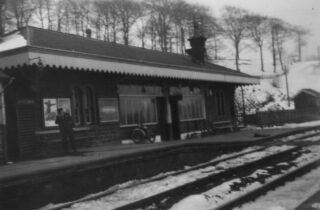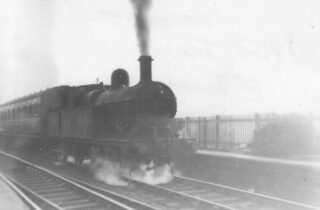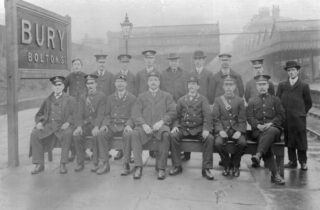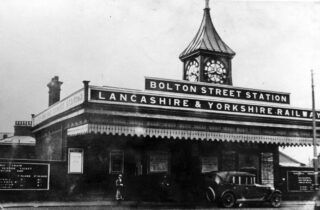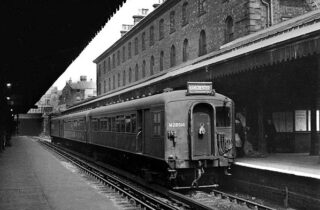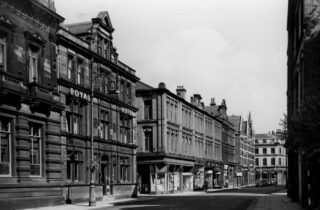Our History
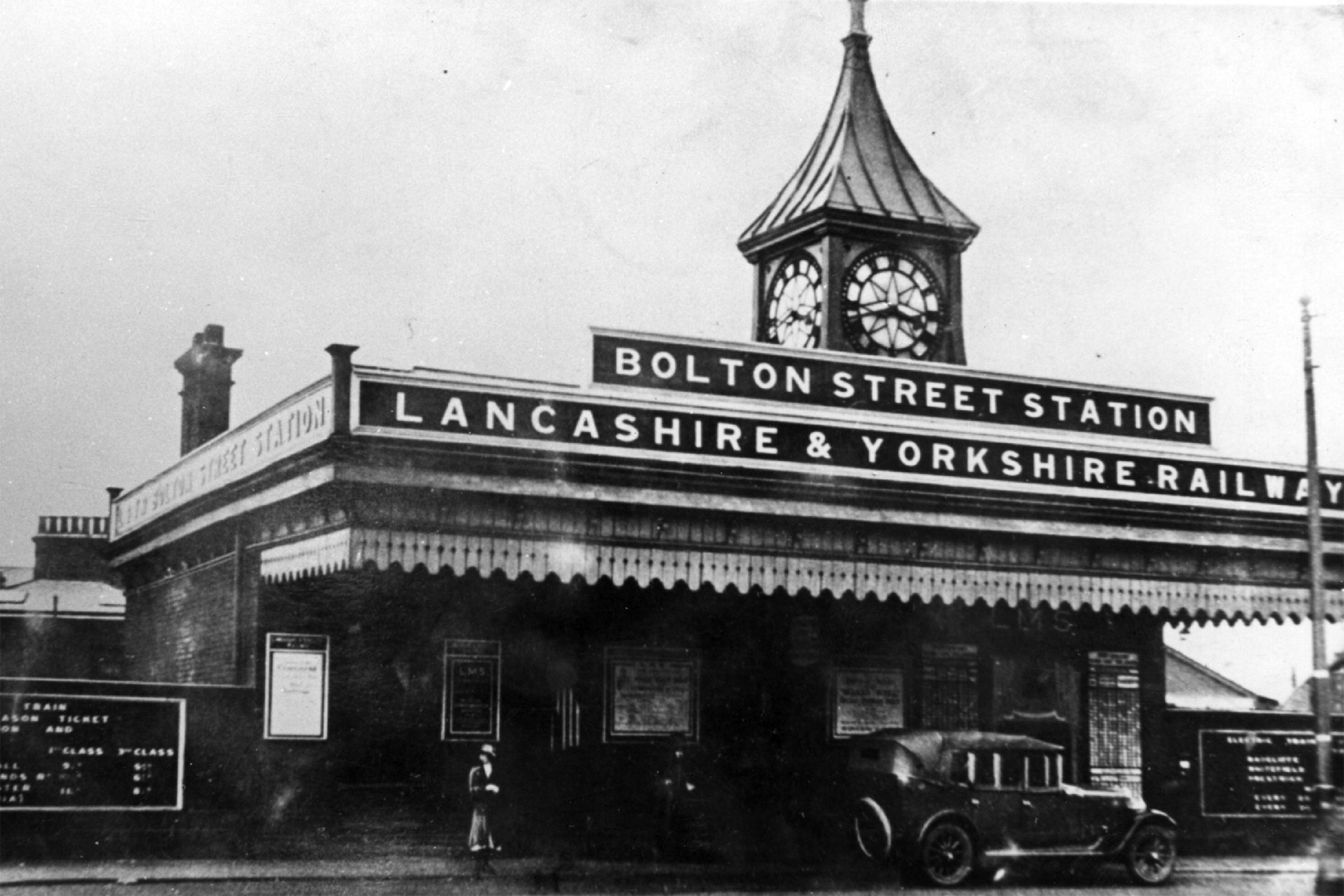

From an industrial lifeline
to a heritage restoration
The ELR’s story is a tale of rich industrial heritage, Britain’s railway revolution,
and the fight to preserve our history through difficult times.
It’s the peak of the Industrial Revolution and the very first section of what is now the ELR line opens in Heywood, as part of the Manchester and Leeds Railway.
The ELR’s main North-South route is proposed to run through the Irwell Valley, as an extension of the Manchester, Bury and Rossendale Railway.
The East Lancashire Railway line – as the North-South route becomes known – officially opens to British steam locomotives, becoming a lifeline to the people of the Irwell Valley and helping the growing industrial towns and villages to thrive.
The Manchester and Leeds Railway line is extended from Heywood to Bury.
The ELR name disappears – after just 13 years – as the line merges with the Lancashire and Yorkshire Railway.
More railway mergers lead to the creation of “The Big Four” railway companies – London Midland and Scottish, Southern, Great Western and London North Eastern Railways. These would eventually become British Railways when nationalisation arrived in 1948.
The railways start to struggle, with running costs rising and conditions deteriorating. There’s a new mode of transport challenging steam locomotives too, as more lorries, buses and motor cars take to new roads and Britain’s first motorways.
Modernisation plans see some steam trains withdrawn from service, replaced with diesel and electric alternatives.
The infamous Beeching Report is published, calling for hundreds of stations to close and services to be reduced. Bury loses all three of its direct passenger services to Manchester.
The final train makes its journey from Manchester Victoria via Bury to Bacup and Accrington, and services to Rawtenstall are dramatically reduced.
The Bury-Rawtenstall stretch is reduced to a single line, with many station buildings and footbridges demolished to cut maintenance costs.
The East Lancashire Railway Preservation Society, (ELRPS) is formed, creating a dedicated company to manage and preserve our historic line.
Passenger trains on the Bury-Rawtenstall line complete their final journeys as the service ends on 5th June.
An old Goods Shed becomes available, and the Bury Transport Museum is born, opening its doors on 26th August and raising much needed funds to help re-open the ELR line.
The last coal trains pass through the area, and a line once filled with the clatter of wheels on the rails falls eerily quiet.
Ongoing discussions between local and national authorities eventually lead to the formation of the ELR Trust and the remaining track and building coming under our control.
The ELR heritage line re-opens! The first regular passenger service travels between Bury and Ramsbottom on four miles of restored track on 25th July. 35,000 passengers ride in the first short season.
New station buildings – built using examples of original architecture on the line – open along the route.
After major bridge work, four miles of the track open between Ramsbottom and Rawtenstall.
The new ELR station building at Rawtenstall opens, with a whole host of new facilities for passengers.
To attract visiting steam engines, ELR needed a connection to the national network via Heywood. But the way was blocked. After years of negotiations, new bridges are finally built across the Metrolink at Bury and Pilsworth Road.
The line to Heywood finally reopens, just in time to welcome visiting engines to celebrate the 25th Anniversary of the End of Steam on British Railways.
The first 1940s Weekend celebration is held up and down the ELR
10 years later, a new station is built at Heywood and passenger trains finally begin running again.
We’re constantly restoring heritage features, renovating historic aspects of the ELR and expanding the facilities open to our passengers – like a new cafe and restored Clock Tower at Rawtenstall, and an expanded waiting room and buffet at Bury.
Around 100,000 visitors travel on the East Lancashire Railway every year to enjoy the experience of British steam locomotives and heritage diesel trains on carefully restored lines.
Our first spooktacular journey takes place in October with our special Halloween Train.
The Bury Transport Museum re-opens after a £3 million renovation project.
A new station opens at Burrs Country Park. The Flying Scotsman is the first train to stop there.
Visitor numbers double to reach an amazing 200,000 for the year.
800 volunteers now help to run the daily operations and special events on the ELR
COVID-19 sees the line close for the first time since it re-opened in 1987. Many events are cancelled, postponed or altered to reflect social distancing measurements and lockdown guidance.
The ELR re-opens again on the 1st May, with multiple events planned for the year. It’s full steam ahead!

